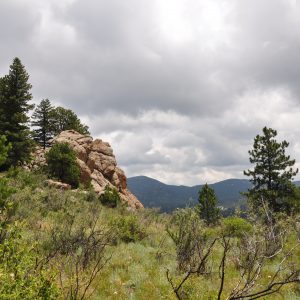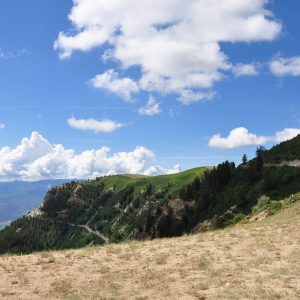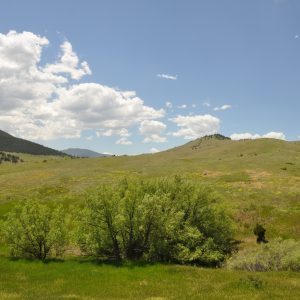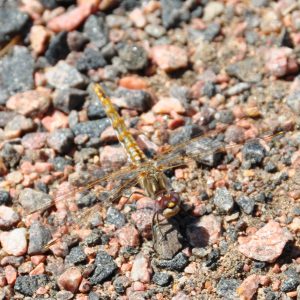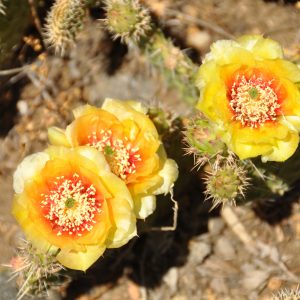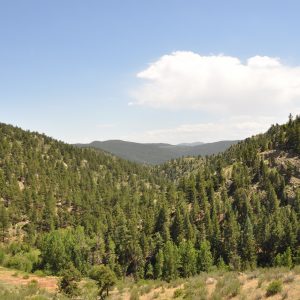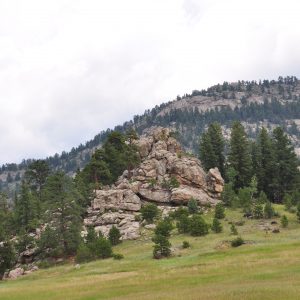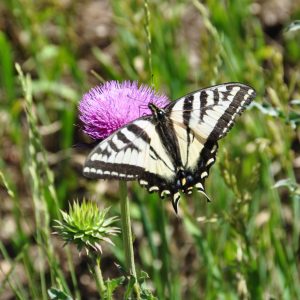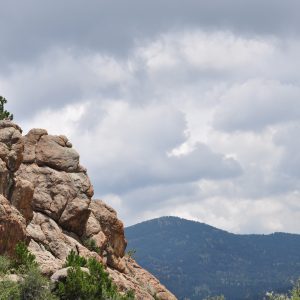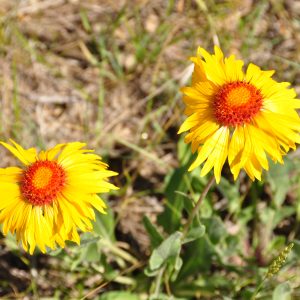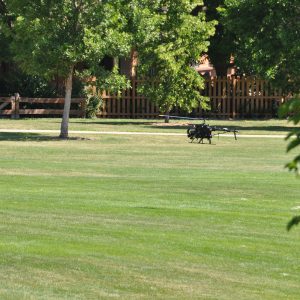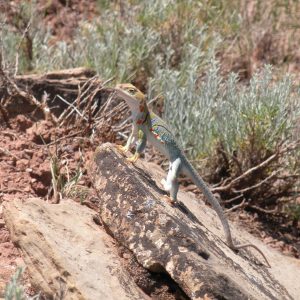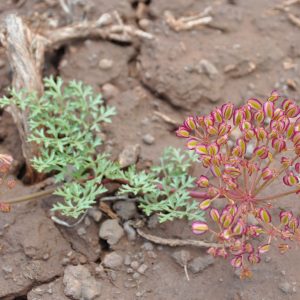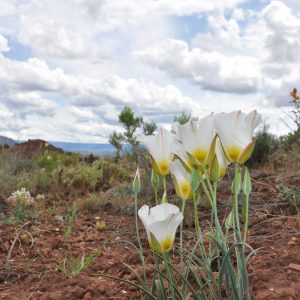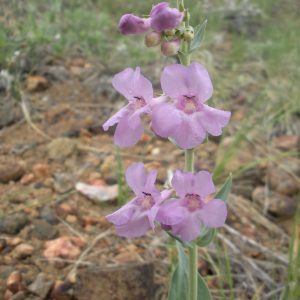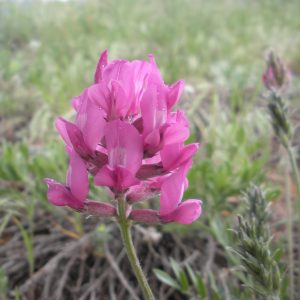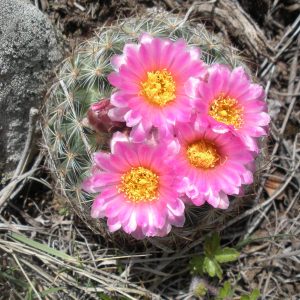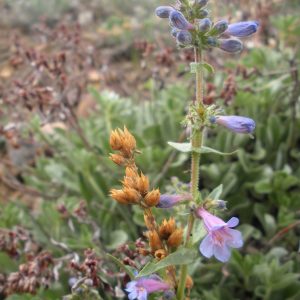As the seasons change and the temperature drop I transfer from the field to the office. Here in Denver we have had a little snow but less than back home (Southeast Missouri). In Missouri, they got over ten inches of snow on top of 1/2 -1 inch of ice, and here in Denver we have only gotten about 6 inches total thus far. This will all change as the new year begins and the big snows start to come.
In terms of work I have transitioned to a desk and have accumulated numerous books, peer-reviewed journal articles, and field reports that all are to do with population modeling and with the way to determine the status of a plant population with currently available data. I’m trying to determine if the previously collected data on file can be used to perform a population viability analysis for the Phacelia formosula population that we monitored this last field season. Several other monitoring efforts were completed in the late 80’s, early 90’s and on into the 2000’s. Carol (my mentor) started her current monitoring of the species in 2010. In order to aid the Fish and Wildlife Service on future actions with regards to this species, Carol was asked to try and streamline monitoring efforts so that a better understand of the species ecology could be obtained. As a part of this effort, I was asked to try and find a way to best present past data and to determine what type of monitoring might provide the best understanding of the species ecology in the future.
As I search the literature pertaining to population modeling and PVA and the kinds of data that they were requiring to achieve an acceptable degree of accuracy we are gradually concluding that population numbers might not be the way to pursue our wanted solution. In light of failing to find a suitable model that could be used with the available data, a different angle might be needed and that angle might just be to look at the associated habitat and try and configure some habitat models to achieve what we want to achieve.
In my next entry maybe we will have found that solution and I can share what we decided to do.
Regards,
Nathan Redecker
Lakewood, Colorado
Colorado BLM State Office

